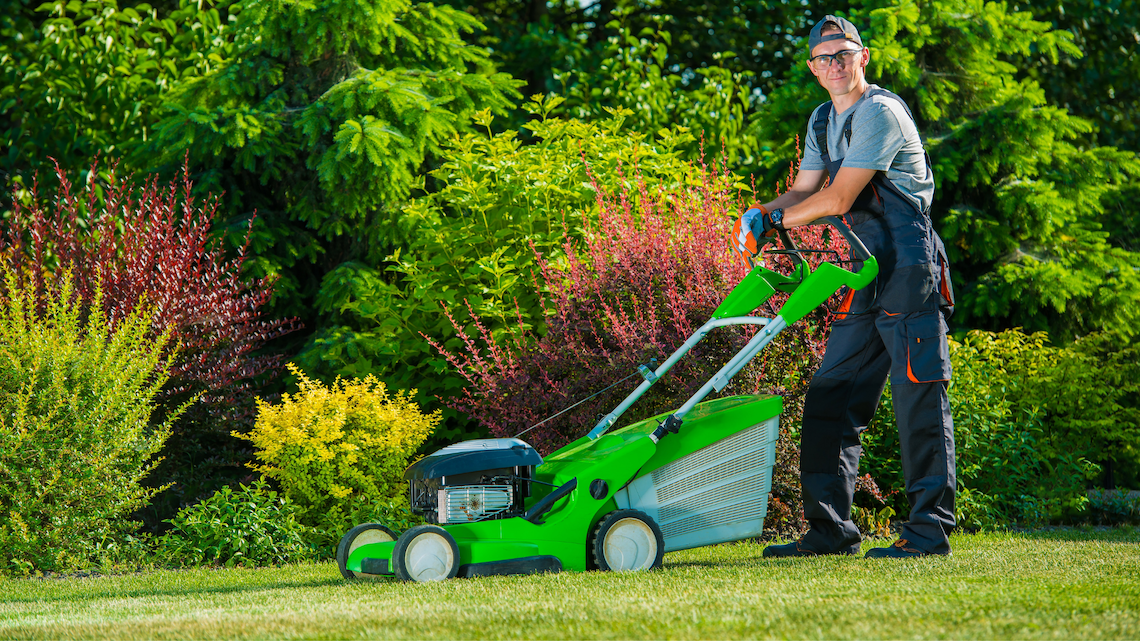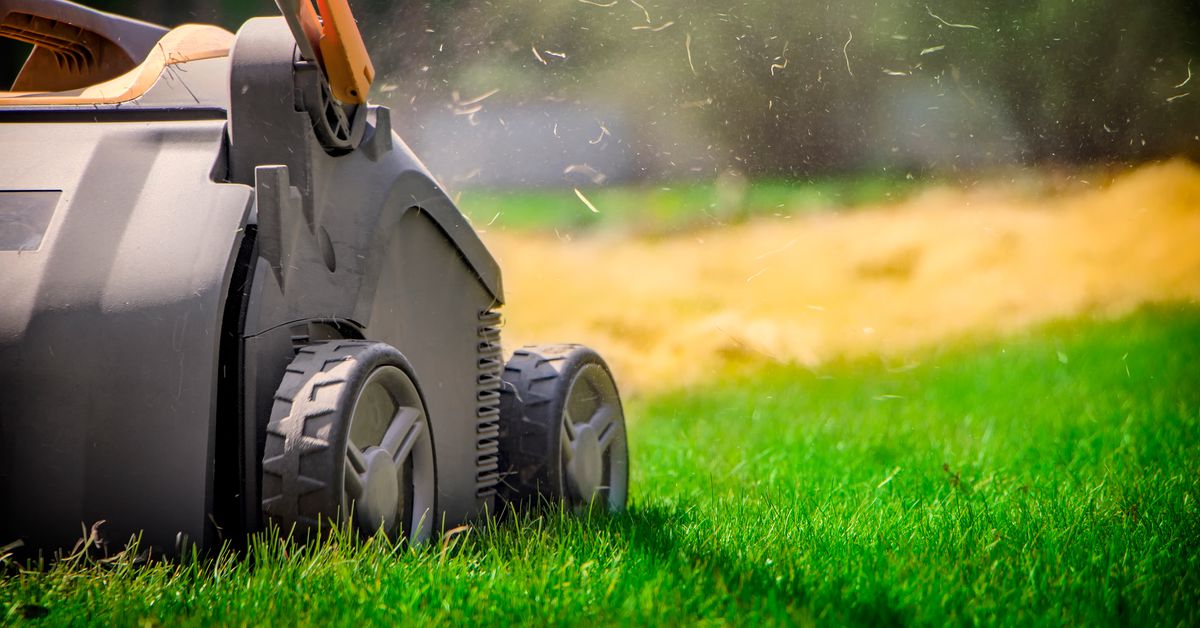29 Mar Spring Lawn Care Tips
As the weather warms up and ice begins to melt, the neglect our lawns faced over the winter becomes apparent. When it comes down to it, cleaning things up and refreshing your yard is an important task if you want your lawn looking its best during the summer months.
Rake
Raking is a great way to gather up all types of debris scattered across your lawn, from leaves and sticks to pinecones, acorns, and any trash that may have blown in throughout the winter. You will need to go through and pick up any larger items, such as branches, but most things can be handled with a thorough raking.
Dethatch Your Turf
Thatch is a layer of both dead and living organic matter, like dead grass, bugs, etc., that accumulates between the grass blades and the soil. This layer can block sunlight, water, and nutrients from reaching the roots. Any thatch thicker than ½ inch should be removed in the summer when the grass is healthy.
Delay Aeration
When you’re doing your spring cleaning and working on getting your lawn looking nice before the warm weather really sets in, it can certainly be tempting to add aeration to your to-do list. Before you pull out your aerator, it’s important to know that spring is not the best time to aerate. You should do this during your turf’s peak growing season.
Soil Testing
Before you treat your soil or add any fertilizer, you should test the soil. Soil needs potassium, nitrogen, and phosphorus, but you can’t tell what ratio yours needs until you test it. A soil test can tell you:
- Nutrient deficiencies
- Salt levels
- pH imbalances
- Factors that could hinder your turf’s growth
Fertilization
Whether you have cool or warm-season grasses, fertilizer is an important step in the maintenance of your lawn. Warm-season grasses should get their first application of nitrogen fertilizer after the grass is green and has been mowed 2 to 3 times. Cool-season grasses, on the other hand, should be fertilized in the fall.
Overseed Your Turf
If you want to keep the nice, thick carpet of grass in your yard, the trick is to spread your grass seed before thinning begins. Overseeding is an important step if you want to prevent bare spots. You should overseed cool-weather lawns between September and mid-October, while warm-weather grasses should be overseeded during the spring and early summer.
Application of Herbicide
For those that often deal with weeds, applying a chemical barrier to prevent growth is a great option. A pre-emergent herbicide will kill the weeds before they grow, while post-emergent herbicides kill any weeds that are already established.
Spread Mulch
If your lawn has flower beds, you’ll definitely want to spread some mulch. This helps with moisture control as well as helping to prevent the growth of weeds, plus organic mulch adds nutrients to your soil.
Mow the Lawn
Once your lawn has been raked and cleaned up, it’s time to run the lawnmower. Think of this as a fresh haircut for your lawn. Not only will it clean things up and make your yard look better, but regular lawn mowing also helps your grass grow thicker and healthier.
The Importance of Spring Lawn Care
If you want your lawn to look its best and stay healthy throughout the year, giving it some attention in the spring is the way to go. Whether you choose to do this work yourself or you employ the assistance of a lawn care professional, spring lawn care is something you don’t want to skip.

